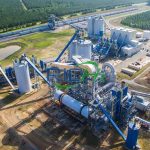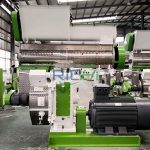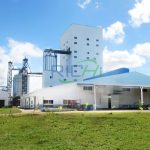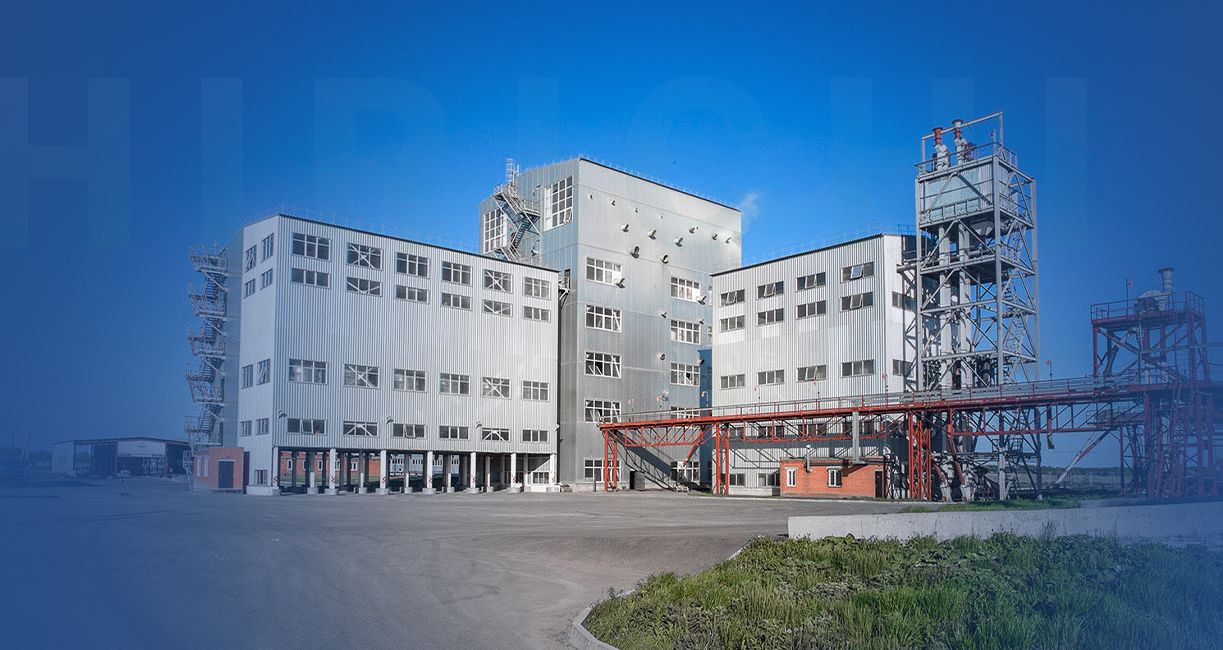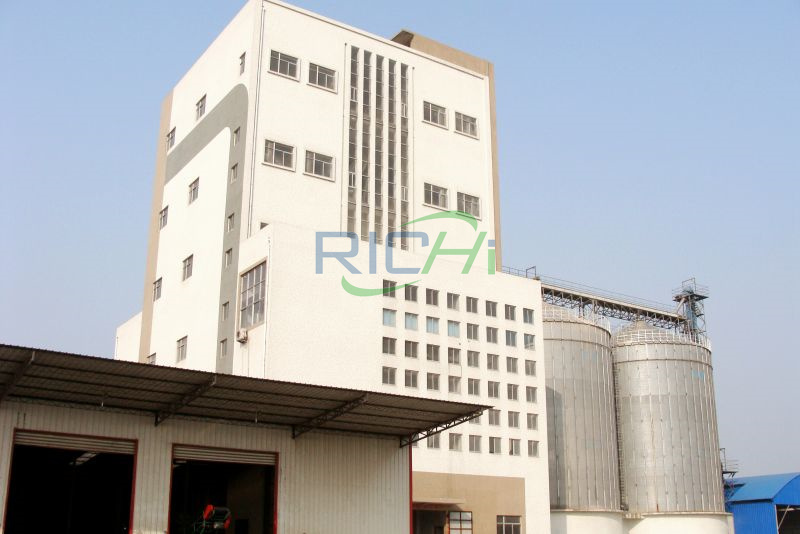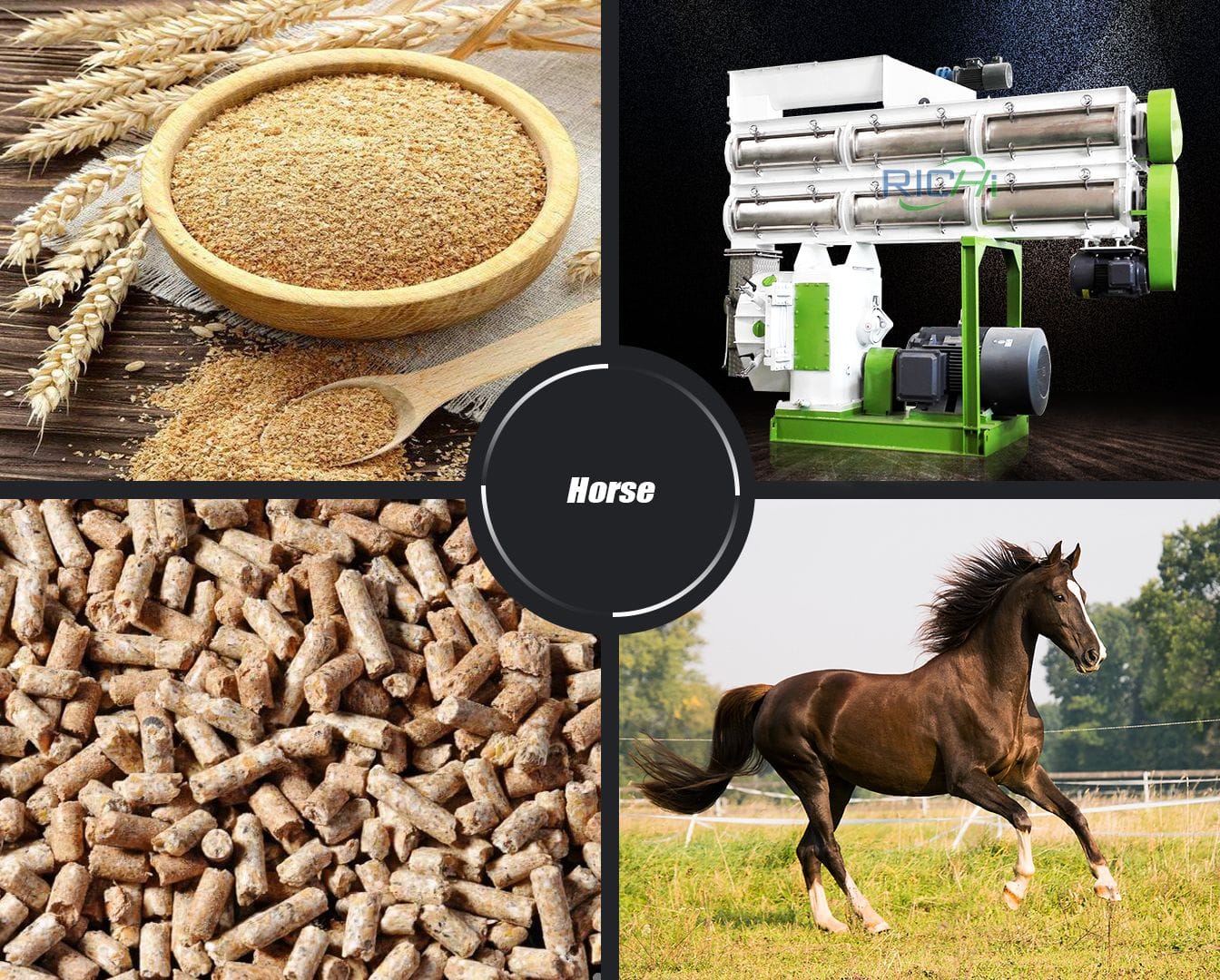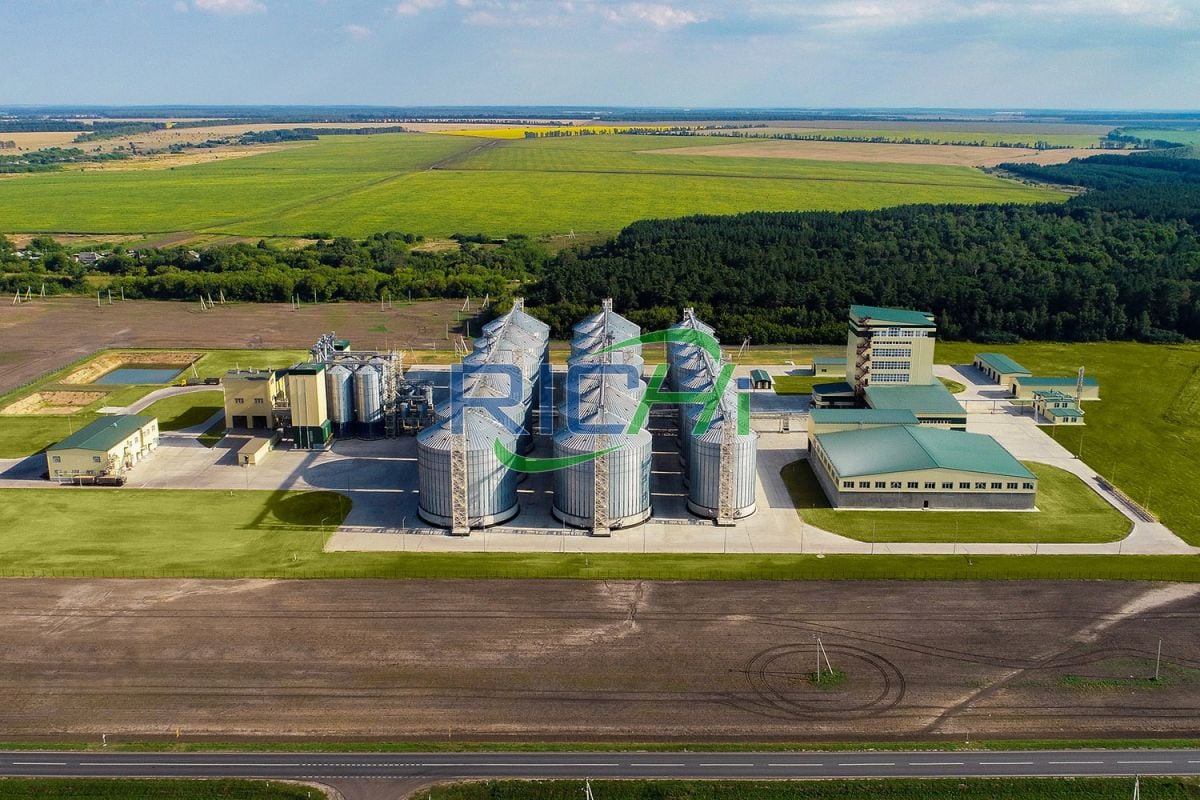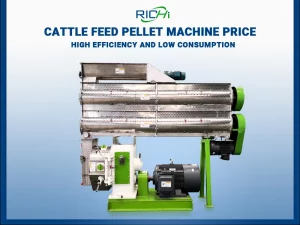A fully automatic cattle feed plant represents a significant investment in the livestock feed industry, designed to produce high-quality feed efficiently and consistently. The annual production capacity of such a plant can vary widely depending on several factors, including the size of the plant, the level of automation, operational hours, and the specific equipment used. This article explores the typical production capacities of fully automatic cattle feed plants and the factors that influence their output.
Typical Production Capacities
Fully automatic cattle feed plants are available in various sizes, typically ranging from small-scale operations producing a few tons per hour to large industrial plants capable of producing over 50 tons per hour. To understand the annual production capacity, we need to consider the hourly production rate and the operational hours of the plant.
Common production capacities for fully automatic cattle feed plants include:
- Small-scale plants: 1-5 tons per hour
- Medium-scale plants: 5-20 tons per hour
- Large-scale plants: 20-50+ tons per hour
Annual Production CalculationTo calculate the annual production capacity, we use the following formula:Annual Production = Hourly Production Rate × Operating Hours per Day × Operating Days per YearLet’s consider some examples:
- Small-scale plant (5 t/h):
Assuming 16 hours of operation per day and 300 working days per year:
Annual Production = 5 t/h × 16 h/day × 300 days/year = 24,000 tons/year - Medium-scale plant (15 t/h):
Assuming 20 hours of operation per day and 330 working days per year:
Annual Production = 15 t/h × 20 h/day × 330 days/year = 99,000 tons/year - Large-scale plant (40 t/h):
Assuming 22 hours of operation per day and 350 working days per year:
Annual Production = 40 t/h × 22 h/day × 350 days/year = 308,000 tons/year
Factors Influencing Annual Production Capacity
Several factors can affect the actual annual production capacity of a fully automatic cattle feed production line:
- Level of Automation
Fully automatic plants typically have higher production capacities compared to semi-automatic or manual plants. Advanced automation systems can minimize downtime, optimize production processes, and ensure consistent output. For example, a plant with automated raw material handling and precise ingredient dosing can maintain higher production rates with less variability.
- Equipment Efficiency
The quality and efficiency of key equipment such as grinders, mixers, and pellet mills directly impact production capacity. High-performance equipment can process feed faster and with fewer interruptions. For instance, a modern pellet mill with a high-efficiency die can increase throughput by 10-15% compared to older models.
- Raw Material Quality
The quality and consistency of raw materials can affect production rates. Clean, uniform raw materials require less processing time and result in fewer equipment jams or slowdowns. Plants equipped with advanced pre-cleaning systems can maintain higher production rates by ensuring a consistent input quality.
- Product Formulation
Different cattle feed formulations may require varying processing times. Complex formulations with multiple ingredients or those requiring precise mixing may reduce overall production rates. Plants with flexible production lines capable of quick changeovers between formulations can maintain higher annual production capacities.
- Maintenance and Downtime
Regular maintenance is crucial for maintaining high production capacities. Fully automatic plants often have predictive maintenance systems that can schedule maintenance during planned downtimes, minimizing unexpected interruptions. For example, a plant with an effective maintenance program might achieve 95% uptime compared to 80% for a poorly maintained facility, significantly impacting annual production.
- Operational Hours
The number of operational hours per day and days per year significantly impact annual production. Plants operating 24/7 with minimal shutdowns can achieve much higher annual production compared to those with limited operational hours. However, this must be balanced with maintenance requirements and market demand.
- Storage and Logistics
The capacity of raw material storage and finished product warehousing can influence production rates. Adequate storage allows for continuous production without interruptions due to raw material shortages or lack of space for finished products. Efficient logistics for both input and output can help maintain high production rates.
- Market Demand
While not a technical factor, market demand plays a crucial role in determining actual annual production. A plant may have the capacity to produce 100,000 tons per year but might operate at lower levels if market demand does not support full production.Case Study: Large-Scale Fully Automatic Cattle Feed PlantConsider a state-of-the-art, fully automatic cattle feed plant with the following specifications:
- Hourly production capacity: 50 tons/hour
- Planned operational hours: 22 hours/day
- Planned operational days: 340 days/year
Theoretical maximum annual production:
50 t/h × 22 h/day × 340 days/year = 374,000 tons/yearHowever, accounting for real-world factors:
- Maintenance downtime: 5% (reduces operational days to 323)
- Average efficiency: 95% (accounts for minor stoppages and reduced output during formulation changes)
Adjusted annual production:
50 t/h × 22 h/day × 323 days/year × 0.95 = 337,535 tons/yearThis example illustrates how various factors can impact the actual annual production, even in a highly efficient, fully automatic plant.
Conclusion
The annual production capacity of a fully automatic cattle feed plant can range from 20,000 tons for small-scale operations to over 300,000 tons for large industrial plants. The actual production achieved depends on a complex interplay of factors including plant size, level of automation, equipment efficiency, operational hours, and market demand.
When planning or evaluating a fully automatic cattle feed plant, it’s crucial to consider not just the theoretical maximum capacity but also the realistic production levels achievable under actual operating conditions. Factors such as maintenance requirements, raw material quality, and market fluctuations should be carefully considered to arrive at a realistic annual production estimate.
As technology continues to advance, fully automatic cattle feed plants are becoming increasingly efficient and capable of higher production rates. Investments in advanced automation, high-efficiency equipment, and optimized processes can significantly boost annual production capacities, allowing feed manufacturers to meet the growing demand for high-quality cattle feed efficiently and economically.
For details please contact: Richi machinery manufacture
WhatsApp:86 138 3838 9622
Email:enquiry@richipelletmachine.com


